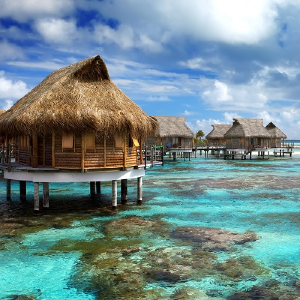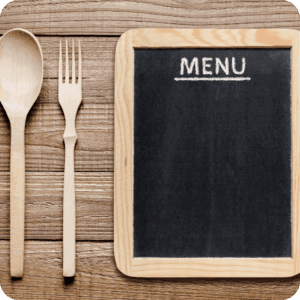
Arvid Rosengren, recently crowned the world’s No. 1 Sommelier, has worked hard to get there, bettering himself continually with theoretical learning and blind tastings. If you think it is easy to become a sommelier, and rank the first in the world at that, think again! It involves naming cryptic grapes that make up a Bulgarian wine, naming Germany’s wine regions in reverse-size order and, not the least, pleasing your customers’ requests, especially in delicate situations.
In an interview with Decanter magazine, he mentioned that one of the important lessons he has learnt as a sommelier is to be humble and listen to his guests. And humble he has stayed. Arvid, born in Sweden, lives in SoHo and works as a Wine Director at Charlie Bird, which he describes as having a “fun and friendly atmosphere”, just his kind of place. Here, they wear sneakers with button-downs, listen to hip-hop and drink old wines.
One of the most important tasks for a wine director is creating and managing a restaurant’s wine list. But what sets apart a just-ok list from a great one? How does a wine director go about choosing wines and making an incredible list, one that also works on the bottom-line?
Beverage Trade Network caught up with Arvid Rosengren for his insights on how he does this successfully for Charlie Bird.
BTN: Does a more comprehensive wine list and giving more options to the restaurant-goer generate more wine sales? At the same time. does this create inventory issues for the restaurant?
AR: It’s a balance issue. It certainly depends on the size of the restaurant and turnover of inventory of course, but I prefer working with a small-mid size wine list, something in the realm of 80-200 wines – enough to make it diverse and interesting, but not so huge that it overwhelms and even scares guests off.
BTN: What factors do you consider to ensure that the wine list is increasing profits for the restaurant? Should a restaurant constantly look to increase profit margins as well?
AR: I prefer to focus on profit over percentages, moving through the expensive segments of inventory and reinvesting for the future (maturing wine offsite that can later be sold more profitably). Hence, pricing of wines is on a completely individual basis. Also, restaurants have to realize that guest are savvier these days, with multiple tools (apps, websites etc.) at their fingerprints to figure out what “fair” pricing is. Overpricing and catering to suckers simply isn’t going to work for much longer.
BTN: Staff training: how do you do this and how is this connected with sales?
AR: We tend to do this on a very organic and individual base, focusing on those employees who show true interest and dedication. Since we always have sommeliers on the floor, there is no need for a server to know all that much. If they want to, we support them and do not discourage them from making sales.
BTN: How do you track brands’ performance and do you discontinue brands if they are not performing?
AR: All intuition at this point! There are some great tools on the near horizon, but as of now there isn’t really anything that I’ve seen that does the job satisfyingly.
BTN: The Slow Hour(s): What are your tips to increase sales from 5-7pm on Mondays for example?
AR: Monday is a great day! When you don’t have to turn tables, that’s when to focus on upselling, even the small things. Cocktails/champagne to start, dessert + dessert wine, digestives. Most times though, it’s (perhaps unforunately) better to get more people through the door.
BTN: What are the 3 most important factors to build a profitable wine list?
AR:
- Strive for a balance of what people want and what you think is interesting/upcoming/good value. Too much of the first and it’s a boring list, that will soon be behind the trend. Too much of the latter and it’s esoteric and will scare off guests.
- Don’t adhere to any dogmatic approach in pricing and don’t overprice. Do market research, see what neighbors are charging for the same/similar wines. Make money where you have to, but make sure to give the guests who really care opportunities to find deals and feel like insiders. Focus on building these long term, stable relationships with people who will come in week after week. They will spread the word.
- Give people an opportunity to spend money if they want to. So often I see restaurants that limit themselves in the top of the spectrum, as if somehow “inexpensive” is the same as “fair”.
About the source
 Interview by Beverage Trade Network, one of the leading platforms connecting wineries, breweries and distilleries to importers, distributors and consultants globally.
Interview by Beverage Trade Network, one of the leading platforms connecting wineries, breweries and distilleries to importers, distributors and consultants globally.
Arvid Rosengren will be speaking at USA Trade Tasting on what are restaurants looking for in a new brand. USA Trade Tasting is an annual trade only event in New York City helping producers connect with wine, beer, spirits importers, distributors, retailers and press of USA.















